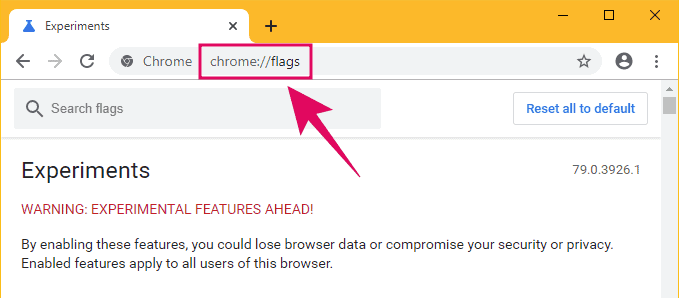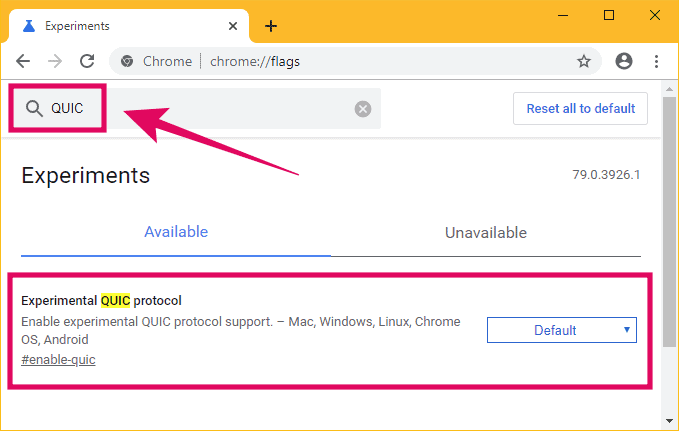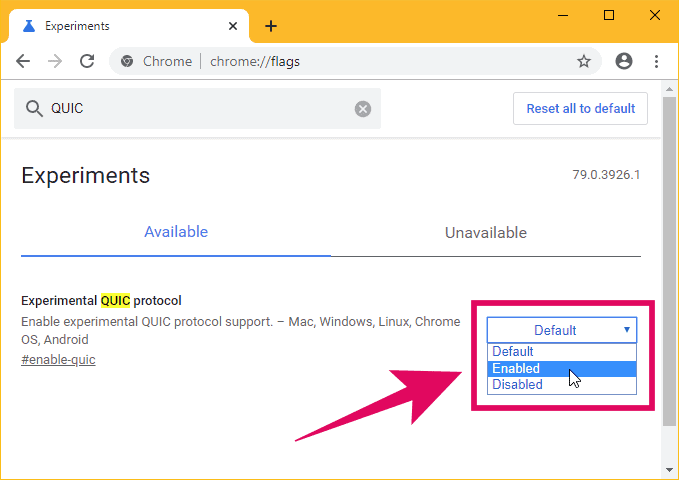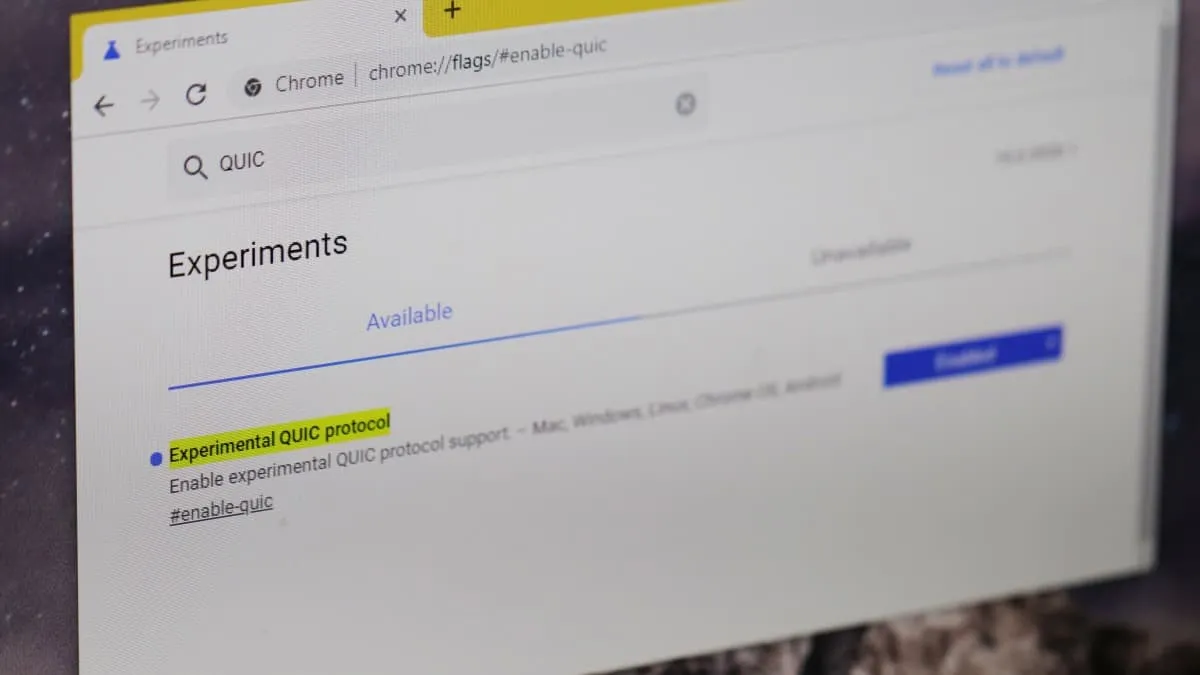HTTP/3 is finally getting the much needed boost with Cloudflare, Google Chrome, and Firefox adding support for the QUIC protocol. While Google has already added QUIC as an experimental feature in the Chrome Canary version 79, Firefox will be rolling out support to a Nightly build later this fall.
For the unaware, HTTP/3 is the future of web. It is a completely re-written HTTP protocol that is used to move content from a website’s server to a client software such as web browsers and mobile apps. HTTP/3 uses QUIC protocol instead of TCP which the previous and current (HTTP/2) protocol uses. All in all, HTTP/3 is faster, noticeably faster than anything we have seen before.
Google and Cloudflare have now opened the protocol for public testing. However, websites need to move to HTTP/3 as well for you to see the benefits of using a HTTP3 enabled browser. Thankfully, webmasters using using Cloudflare’s CDN services for their sites, can now enable support for HTTP/3 from their Cloudflare dashboard.

Enabling HTTP/3 (QUIC) support in Chrome
HTTP/3 support is currently supported in Chrome Canary version 79 and above. Chrome Canary is the bleeding edge releases of Chrome, it can be pretty unstable and you should not use it for mainstream work. You can download Chrome Canary from the link below.
Run the Google Chrome Canary installer that you downloaded from the link above, and install the browser on your computer.
Once installed, launch Chrome Canary on your computer. Then type chrome://flags in the address bar and hit enter to access Chrome’s experimental features page.

In the search box on the Experiments page, type “QUIC” in the search box and to filter out all experimental features and quickly find the “Experimental QUIC protocol” flag.

Click on the “Default” drop-down menu box next to “Experimental QUIC protocol” flag, and select “Enabled” from the available options.

After selecting “Enabled” for the QUIC protocol feature, a “Relaunch” button will appear at the bottom of the screen. Click on it to relaunch Chrome Canary and enable QUIC protocol.

That’s it. QUIC protocol is now activate in your Chrome Canary installation. HTTP/3 and QUIC supported websites should load faster now, if you can find any.
FYI, google.com, youtube.com, android.com, and most other Google owned domains already support QUIC protocol.

